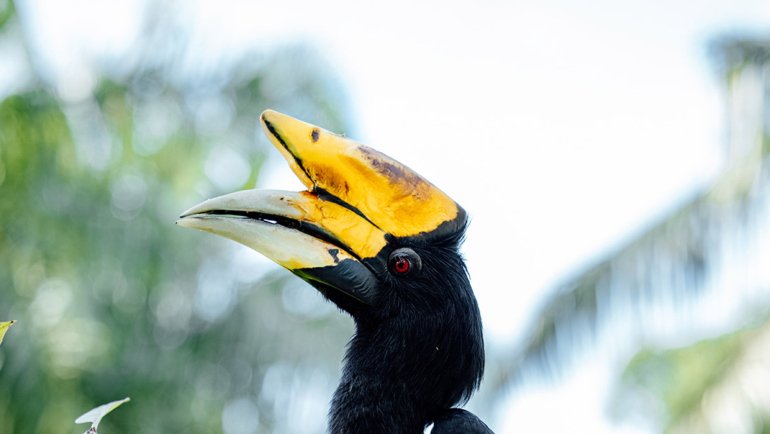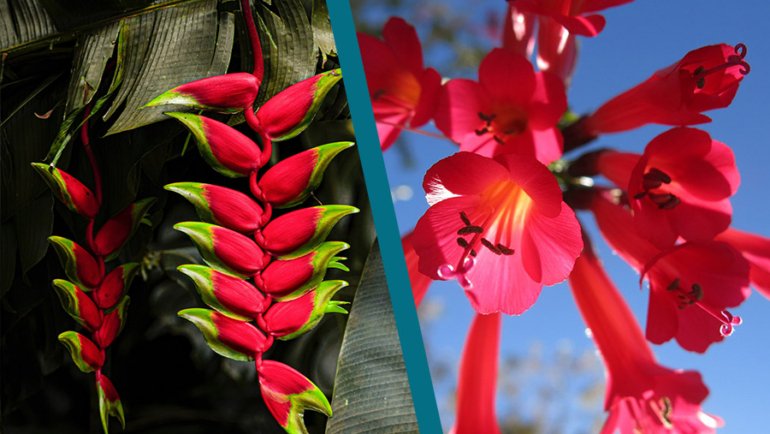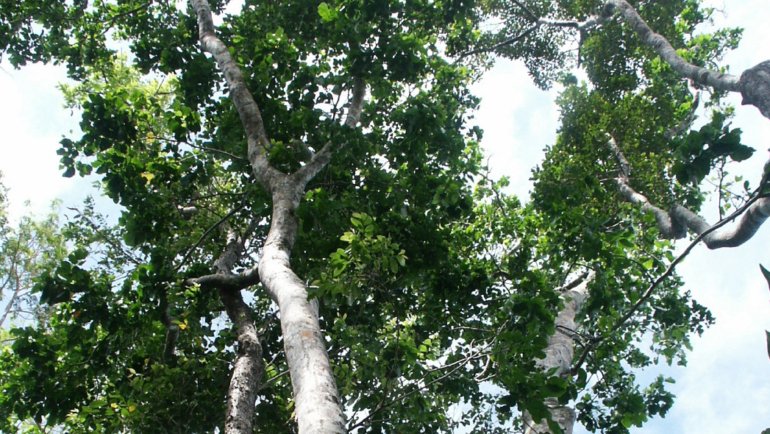Mongolia, a nation famed for its vast steppes, rich history, and nomadic culture, is home to an avian emblem of grace and power: the Saker Falcon (Falco cherrug). This raptor, known for its incredible speed and agility, soars through the skies, embodying the untamed spirit of the Mongolian landscape.
Revered by falconers across the globe and integral to traditional hunting practices in Central Asia, the Saker Falcon’s story is intertwined with the heritage of the Mongolian people. Did you know that this formidable bird of prey is considered one of the fastest animals in the world, capable of reaching staggering speeds that rival even the most renowned avian species?
Join us as we delve into the world of the Saker Falcon, exploring its biology, its place in Mongolia’s culture, and the conservation efforts in place to protect this majestic creature.
Quick Info About The Saker Falcon
| Scientific Name: | Falco cherrug |
| Average Size: | 45–57 cm (18–22 in) |
| Average Wingspan: | 97–126 cm (38–50 in) |
| Average Weight: | Males: 730–990 g (26–35 oz), Females: 970–1,300 g (34–46 oz) |
| Average Lifespan: | 15–20 years, though some individuals may live longer in captivity |
| Geographical Range: | From Central Europe across the Palearctic to Manchuria; wintering in Ethiopia, the Arabian Peninsula, northern Pakistan, and western China |
| Habitat: | Open grasslands, preferably with some trees or cliffs |
| Conservation Status: | Endangered (IUCN Red List) |
Meet The Saker Falcon, National Bird of Mongolia
The Saker Falcon stands out with its imposing size, making it one of the largest falcons in the world. Despite its size, it is agile in flight, demonstrating remarkable speed and precision. Its plumage varies, but it typically sports a brownish hue with darker markings.
Males and females are similar in appearance, though females are notably larger. The young birds tend to be darker and more heavily streaked compared to adults. One of its distinctive features is its sharp, piercing call—a series of ‘kiy-ee’ or ‘kyak-kyak-kyak’ sounds that echo through its habitat.
In the ecosystem, the Saker Falcon holds a top-tier position as a predator. It primarily preys on rodents and smaller birds, contributing to the control of these populations.
This falcon usually hunts by horizontal pursuit, showcasing its adept flying skills. Despite its prowess, it faces threats from other predators during its fledgling stage. However, once it reaches maturity, the Saker Falcon has very few natural enemies.
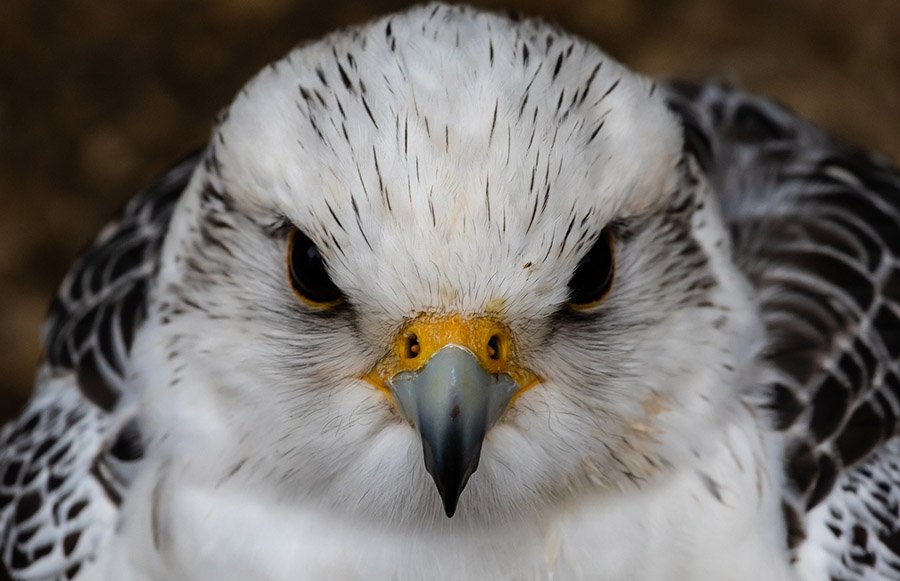
Where Does The Saker Falcon Live?
The Saker Falcon has adapted to a variety of environments, showcasing its resilience and versatility. Within Mongolia and across its expansive geographic range, this raptor primarily resides in open grasslands, which offer ample space for its dynamic hunting techniques. The presence of trees or cliffs is beneficial but not essential, as these structures provide suitable sites for nesting.
The climate within these regions can vary significantly, ranging from the harsh, frigid temperatures experienced during the Mongolian winters to the warmer, more temperate conditions found in its wintering grounds.
Outside of Mongolia, the Saker Falcon’s habitat stretches across a wide swath of the Palearctic region, encompassing parts of Central Europe, Asia, and the Middle East.
It migrates southward to avoid the extreme cold, spending winters in regions like Ethiopia, the Arabian Peninsula, northern Pakistan, and western China. This migration is a testament to the bird’s endurance and ability to thrive in diverse climates.
Why and When Did The Saker Falcon Become The National Bird of Mongolia?
The Saker Falcon was officially designated as the national bird of Mongolia in November 2012, following a comprehensive voting process organized by the Mongolian Ornithological Society and the Ornithological Laboratory of the National University of Mongolia.
The Saker Falcon won the hearts of the Mongolian people, receiving 47.5% of the votes, a clear indication of its significance in Mongolian culture.
The choice of the Saker Falcon as the national bird is deeply rooted in Mongolia’s history and traditions. For thousands of years, this raptor has been a vital part of falconry, a practice integral to the nomadic lifestyle of the Mongolian people. The Saker Falcon, with its remarkable hunting skills, strength, and freedom, resonates with the Mongolian spirit and the country’s historical narrative.
However, the designation of the Saker Falcon as the national bird has not been without its challenges. The bird faces significant threats from habitat loss, illegal trading, and other human activities. This has spurred debates and discussions on how to balance conservation efforts with economic development and cultural practices.
The Mongolian government, alongside various conservation groups, is actively involved in initiatives to protect the Saker Falcon and its habitat, ensuring that this symbol of Mongolian heritage remains a vibrant part of the country’s biodiversity.

Where is The Saker Falcon Featured in Mongolia?
The Saker Falcon, as a national symbol of Mongolia, holds a prominent place in the country’s cultural imagery. While it may not be featured on the national flag or banknotes, its influence permeates other aspects of Mongolian society.
The name and image of the Saker Falcon are used in various capacities, from branding and logos to educational materials, helping to foster a sense of national identity and pride.
In particular, the Saker Falcon is celebrated in the realm of falconry, where it is revered for its hunting prowess and majestic presence. This tradition has been passed down through generations, solidifying the bird’s status as a living emblem of Mongolia’s rich cultural heritage.
The ongoing practice of falconry in Mongolia serves as a living testament to the enduring bond between the Saker Falcon and the Mongolian people, a relationship steeped in history, respect, and admiration.
Names of The Saker Falcon
The Saker Falcon is known by a variety of names across different regions and cultures. The name “Saker Falcon” itself is derived from the Arabic word “saqr,” which translates to “hunter” or “falcon.”
In Mongolia, where the Saker Falcon holds the status of the national bird, it is referred to as “Бүргэд” (pronounced Burg-ed). This name reflects the bird’s association with the traditional practice of falconry, a significant aspect of Mongolian culture.
In terms of scientific classification, the Saker Falcon is referred to as Falco cherrug. There are no known synonyms for its scientific name, but it should be noted that there are several subspecies of the Saker Falcon, each adapted to specific regions and environments.
In different countries, the Saker Falcon might be known by various local names. For example, in Hungary, where the bird also resides, it is called “kerecsensólyom.”
Is The Saker Falcon Endangered?
The Saker Falcon is considered to be Endangered according to the International Union for Conservation of Nature (IUCN) Red List. The main threats to the Saker Falcon population include habitat degradation, electrocution from power lines, illegal trapping and trading for falconry, and the depletion of its prey in certain regions.
Conservation efforts are underway to protect the Saker Falcon and its habitat. These efforts include monitoring populations, enforcing anti-poaching laws, and raising awareness about the species’ plight. Some unique conservation strategies have involved the installation of artificial nests to encourage breeding, as well as rehabilitation programs for injured or confiscated birds.
In Mongolia, where the Saker Falcon holds special significance, the government and local communities are involved in various conservation initiatives aimed at preserving this national symbol and its habitat.
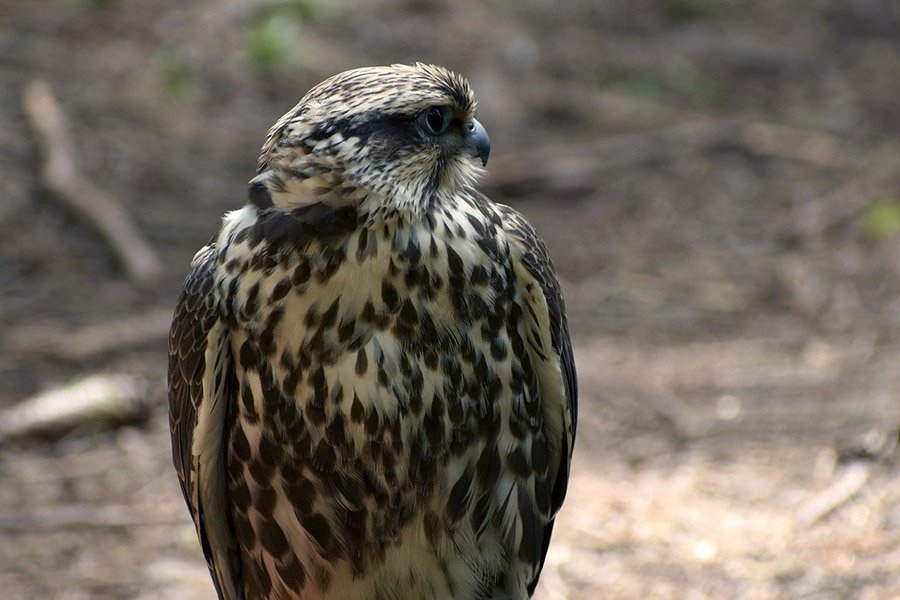
Interesting Facts About The Saker Falcon
- Versatile Hunter: The Saker Falcon is known for its remarkable hunting skills, able to catch prey both in the air and on the ground. Its diet is quite varied, including birds, mammals, and insects.
- High-Speed Flight: During hunting, a Saker Falcon can reach speeds of up to 200 km/h (124 mph), showcasing its incredible agility and speed.
- Cultural Significance: The Saker Falcon has been a part of Mongolian falconry for centuries, playing a vital role in the nomadic lifestyle of the people. It is not just a hunting tool but a revered companion.
- Long-Distance Migrator: The Saker Falcon is known to migrate over long distances, traveling from its breeding grounds in Mongolia and other parts of Eurasia to its wintering grounds in Africa and the Middle East.
- Endurance in Harsh Climates: This bird demonstrates a remarkable ability to withstand the extreme temperatures of Mongolia, surviving in conditions that would be challenging for many other species.
- Contribution to Conservation Science: Due to its endangered status, the Saker Falcon has been the subject of extensive research, contributing significantly to the field of conservation science and our understanding of raptor biology.
- Symbol of Freedom: Across cultures, the Saker Falcon is often seen as a symbol of freedom, strength, and independence, qualities that resonate with its dynamic and powerful nature.
- In Art and Literature: The Saker Falcon has made appearances in various forms of art and literature, often symbolizing the wild, untamed beauty of nature.
- Adaptation to Various Habitats: The Saker Falcon has shown a remarkable ability to adapt to a variety of habitats, from the open steppes of Mongolia to the forests and mountains of Eurasia.
- Role in the Ecosystem: As a top predator, the Saker Falcon plays a crucial role in maintaining the balance of its ecosystem, helping to control the populations of its prey species.
Other Beautiful Birds Native To Mongolia
- Mongolian Ground Jay (Podoces hendersoni): Also known as Henderson’s Ground Jay, this bird is native to the deserts of Mongolia. It has a distinctive appearance with its brownish-gray plumage and black tail feathers.
- White-naped Crane (Grus vipio): This elegant bird can be found in the wetlands and grasslands of Mongolia. It has a striking appearance with its white neck and red facial skin.
- Mongolian Lark (Melanocorypha mongolica): This bird is well-adapted to the steppes of Mongolia, with its streaked brown plumage providing excellent camouflage.
- Altai Snowcock (Tetraogallus altaicus): Native to the mountainous regions of Mongolia, this bird is well-adapted to life at high altitudes. It has a robust body and feathered legs, which help it move through snow.
- Pallas’s Fish Eagle (Haliaeetus leucoryphus): This large eagle can be found near large bodies of water in Mongolia. It has a striking appearance with its dark brown plumage and white tail.
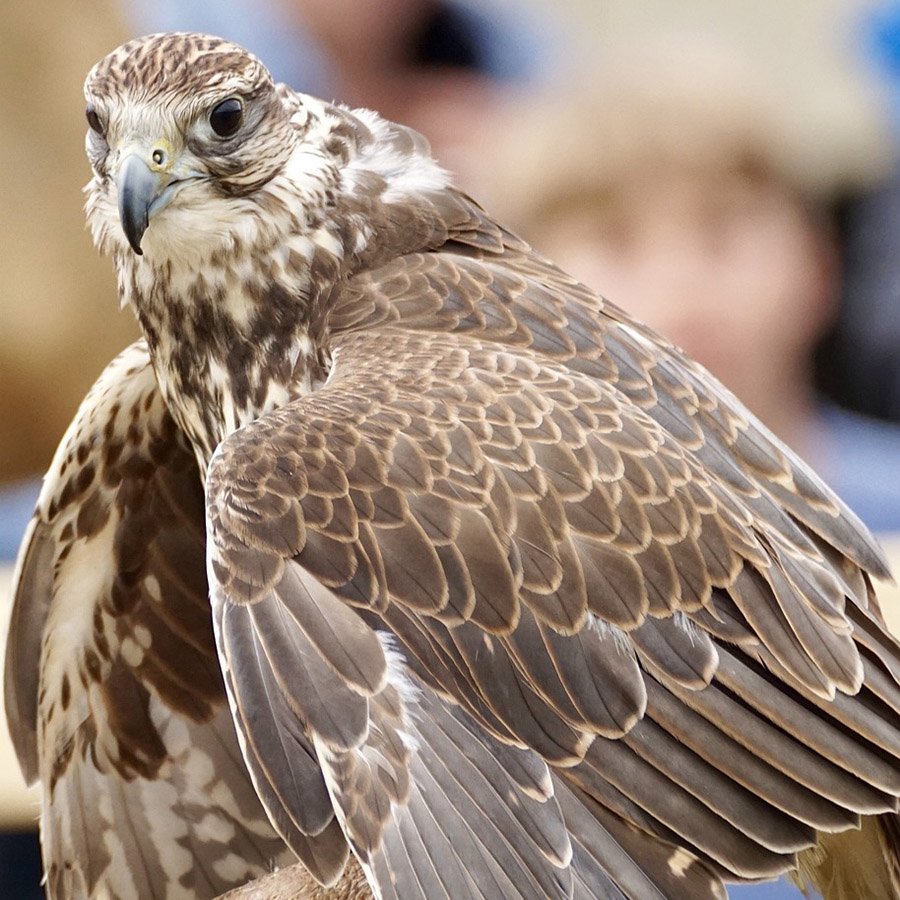
What Is Another National Animal of Mongolia?
The Przewalski’s Horse (Equus ferus przewalskii), also known as the Mongolian Wild Horse, holds the status of a national animal in Mongolia. This horse is the last surviving subspecies of wild horse in the world. It is stocky and robust, with a short, erect mane and a dark stripe running down its back.
The Przewalski’s Horse is a symbol of the Mongolian national heritage and is deeply connected to the country’s history and culture. For a time, it was extinct in the wild, with the last wild individual seen in 1969 in Mongolia. However, successful breeding programs in captivity and subsequent reintroductions to protected areas in Mongolia have helped to re-establish small wild populations.
The conservation of the Przewalski’s Horse is a priority in Mongolia, and it represents a successful example of international cooperation for wildlife conservation. The horse’s comeback from the brink of extinction is seen as a symbol of hope and resilience.
Frequently Asked Questions
What does the Saker Falcon symbolize in Mongolia?
The Saker Falcon is a symbol of freedom, independence, and the wild nature of the Mongolian steppes. It also has a strong association with the traditional practice of falconry, an important aspect of Mongolian culture.
Is the Saker Falcon only found in Mongolia?
No, the Saker Falcon has a wide range, extending across much of Eurasia. However, it holds special significance in Mongolia where it is the national bird.
Are there any conservation programs for the Saker Falcon in Mongolia?
Yes, there are several conservation initiatives aimed at protecting the Saker Falcon in Mongolia. These include habitat protection, anti-poaching measures, and public awareness campaigns.
Can the Saker Falcon be kept as a pet?
Keeping a Saker Falcon as a pet would require special permits and adherence to strict regulations, as they are a protected species. In Mongolia, falconry is a traditional practice, but it is regulated to ensure the protection of the birds.
How does the conservation of the Saker Falcon contribute to biodiversity?
The conservation of the Saker Falcon helps to maintain the ecological balance in its habitat. As a top predator, the Saker Falcon plays a crucial role in controlling the populations of its prey species, contributing to the overall health and biodiversity of the ecosystem.
Is the Przewalski’s Horse found anywhere else in the world?
While the Przewalski’s Horse was once found in Europe and Asia, it is now found in the wild only in Mongolia and in reintroduction sites in China and Kazakhstan. There are also captive populations in zoos around the world, which have been crucial for the species’ conservation.


